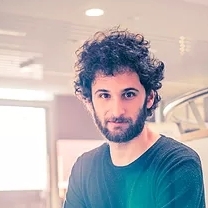Igor Andreoni
Postdoctoral Fellow
It is almost unbelievable how much we have learnt from GW170817. Now we use GW170817 to derive conclusions in current studies and to make predictions for future scientific projects. It is like a legendary creature whose existence was uncertain awhile ago, but is now a subject of a full documentary. However, are all the legendary creatures exactly the same? Each new event will likely have an exquisitely unique story to tell, that may challenge what we have learnt so far. Besides, only a large number (a "population") of such events can allow us to measure precisely some key pieces of the puzzle, including for example a new method of measuring the ratio at which our universe is expanding. Expect surprises in the next few months!


